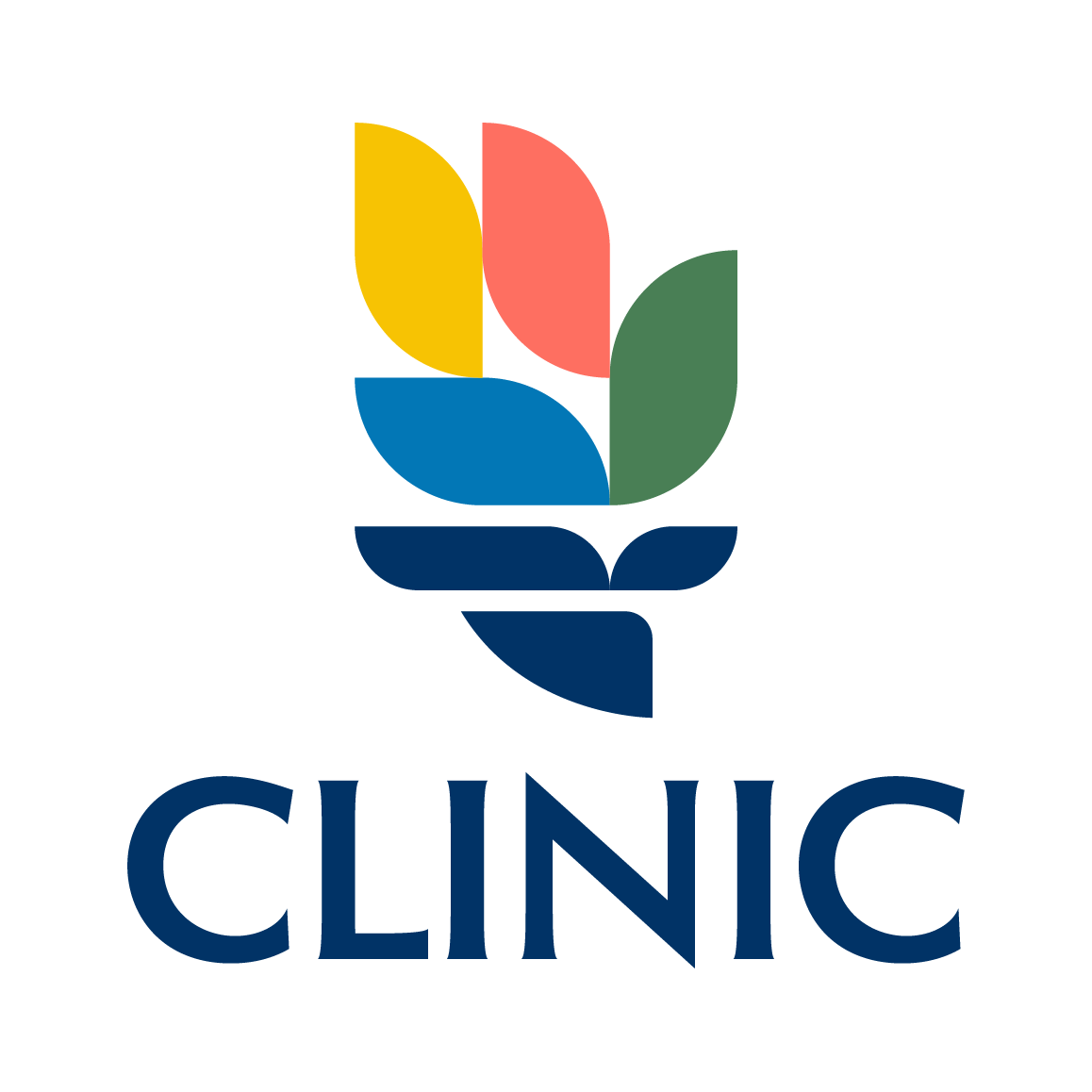How understanding immigrant integration brought me back to my roots
I recently took the time to reflect on my childhood and life experiences as a second-generation immigrant as part of a study on Latina social workers. As I walked down memory lane and revealed how it brought me to pursue my current field of work. I realized that learning about immigrant integration and educating others about it — in my personal and professional life — encouraged me to explore and celebrate my Colombian roots.
In 1987, my parents arrived to the United States in search of better opportunities. My father enlisted in the U.S. Army, relocating from one state to the next. My mom and siblings settled in North Carolina, where I spent the majority of my childhood.
Growing up, my mother didn’t talk much about her home country. We observed some common Latino traditions, such as celebrating Christmas on the 24th and eating lentils on New Year’s Eve and twelve grapes at midnight. However, neither my sister nor I had a quinceañera, a common Catholic Latin American celebration that symbolizes the passage from girlhood to womanhood. Additionally, speaking Spanish was not an enforced rule in our household. I never questioned it and always assumed it was intentional as a way to help my mother practice her English skills.
Like most second-generation immigrants, my physical appearance and the common question of, “Were you born here?” served as a reminder that people initially see me as an “outsider.” Conversely, my American-accented Spanish and the surprised facial expressions from my Hispanic elders remind me that I was born and raised in the United States. The perfect quote to describe this feeling comes from the famous Selena Quintanilla’s father — “We have to be more Mexican than the Mexicans and more American than the Americans, both at the same time! It’s exhausting.”
It wasn’t until I moved to Maryland that I realized just how much my upbringing lacked my Colombian heritage. Montgomery County’s diversity welcomed me, and for the first time, people were interested in learning about my family’s culture. Only, I had very little to share.
I first learned about immigrant integration when I joined CLINIC as an intern. Immigrant integration was a concept that even my mother had never heard of in her 30 years in the United States. CLINIC defines immigrant integration as an equal partnership between the long-term residents and newcomers, working together to ensure their community is more inclusive.
Through my work, now as a project coordinator with CLINIC, I have had the opportunity to interview dozens of affiliates and other community-based programs to exemplify their local efforts of successful integration. Unfortunately, in my mother’s experience, there were no initiatives to welcome her as she was. Instead, she had to assimilate in order to be seen and heard. Speaking English was the only way she could communicate with anyone in the community. As a result, she didn’t find it necessary that her children prioritize Spanish.
In 2018, I decided to visit Colombia for the first time since I was two years old. As I explored my mother’s hometown, Cartagena, I embraced the culture. I learned the history, ate the delicious food and met family I never knew existed. I felt at home in a place I had never known. From that moment on, I vowed to fully integrate both of my cultures together — starting with speaking Spanish proudly with my American accent and attempting to master some of my favorite Colombian food such as Sancocho, Patacones y Arepas, and my husband’s favorite, Chicharron.
As immigrant heritage month comes to a close, we must celebrate immigrant integration and the big and small ways it can take place in our lives. Immigrants and refugees bring unparalleled diversity and richness to our country.
Share with us how your agency is promoting immigrant integration!


